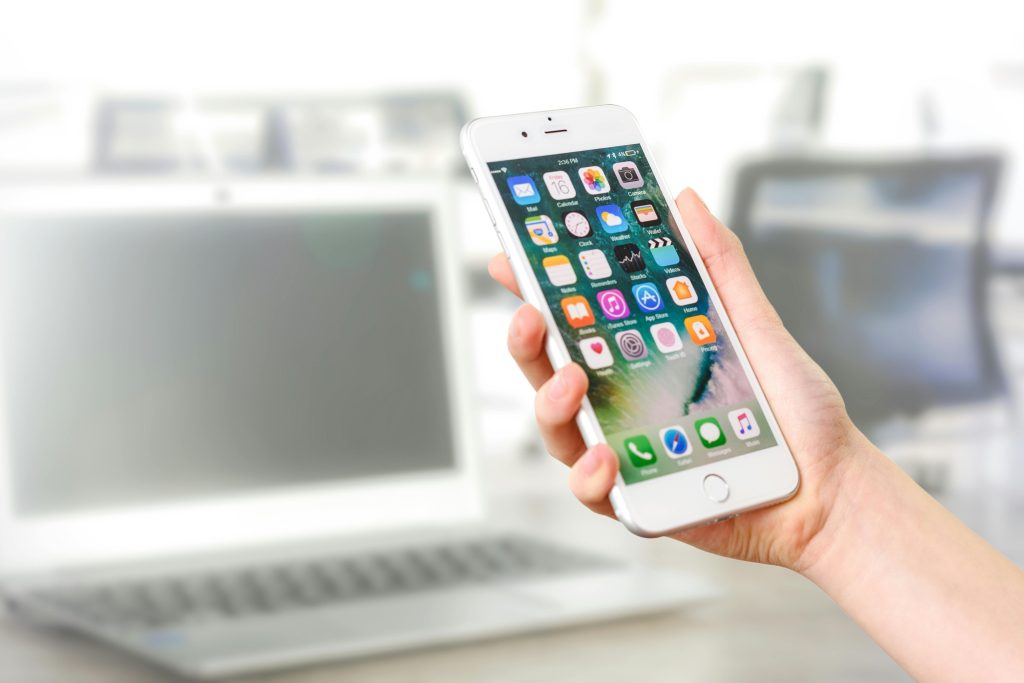Effective Strategies for Recovering Data from a Corrupted SD Card: A Detailed Guide
Data loss from SD cards can be a distressing experience, especially when valuable videos, audio, and photos are at stake. If you’ve encountered a situation where your SD card suddenly reports almost no data—despite the files still being accessible through certain apps—understanding the problem and exploring recovery options can make all the difference. This article provides a comprehensive overview of how to approach such data recovery scenarios, tailored to users with limited technical resources.
Understanding the Issue
Imagine your 32GB SD card, which is several years old, suddenly shows just 19GB of free space when it previously contained much more data. Despite this apparent discrepancy, you notice that:
- Files stored in Google Files’ Safe Folder, such as videos, audio, and pictures, are still playable.
- Some files are missing altogether.
- Other documents, PDFs, and apps remain unaffected.
This suggests a potential corruption or file system issue, rather than complete data deletion. The phenomenon—files disappearing from view but remaining accessible via the safe folder—often indicates corruption of directory structures or metadata.
Key Considerations
Before attempting recovery, keep the following in mind:
- Prioritize Media Files: Videos and audio are often more critical, especially if backed up elsewhere.
- Device Compatibility: Limited resources, such as not owning a PC, can influence recovery methods.
- Potential Risks: Mishandling recovery procedures can sometimes worsen data corruption; proceed cautiously.
Strategies for Data Recovery
1. Use Specialized Android Recovery Apps
Since the device is Android-based and a PC isn’t readily available, leveraging reliable Android data recovery applications is the first step. Some popular options include:
- DiskDigger for Android: Supports scanning and recovering photos and videos without root access (though root can enhance recovery capabilities).
- Dr.Fone – Data Recovery (Android): Offers recovery for videos, audio, and other media files.
- Dumpster: Functions as a recycle bin, which may aid in undeleting files if they haven’t been overwritten.
Tips for using these apps:
- Install directly from trusted sources such as the Google Play Store.
- Use the free versions first to assess recoverable data.
- For better results, consider rooting your device temporarily—if you’re comfortable—since root access can improve deep scanning capabilities.
2. Explore Recovery at a Local Repair Shop
If Android apps
Share this content:


